Galvanized pipe is one of the strongest types of piping you can purchase for plumbing. This kind of piping typically has threads on both ends. Some pipes, however, won't have threading. But how do you connect galvanized pipes without threads? So we researched how to join them, and here is how to do it.
There are two ways to connect non-thread galvanized pipes: welding and non-welding. Fusion and pressure welding are two welding techniques that are perfect for thicker galvanized pipes. At the same time, coupling is the most common non-welding method for joining non-threaded galvanized pipes.
Also, you can manually thread your galvanized pipe for easier connection.
Keep reading as we give you the steps to connect non-threaded galvanized pipes using coupling. We'll also discover if it is safe to weld galvanized steel pipes and what preventive measures to take. Lastly, we'll share how to thread a galvanized pipe and ways to connect it to other piping materials such as PVC, PEX, and copper pipes.
![Rusty Galvanized Plumbing pipe cross section, How To Connect Galvanized Pipe Without Threads [Inc To Pvc, Pex, Or Copper]](https://hvacseer.com/wp-content/uploads/2022/09/Rusty-Galvanized-Plumbing-pipe-cross-section-How-To-Connect-Galvanized-Pipe-Without-Threads-Inc-To-Pvc-Pex-Or-Copper..jpg)
How Do You Connect Non-Threaded Galvanized Pipes Using Coupling (Non-Welding Method)?
Before starting this task, make sure to prepare all the materials needed. Ensure that you have the proper coupling material for your pipes. After you secured all of them, you can now proceed.
- Verify that the non-threaded pipe's end is square by placing a carpenter's level against it. If the end is not flush, square each pipe by cutting the end using a hacksaw or power saw. Using a metal sander, smooth off any sharp edges on the pipe end.
- Clean the pipes by wiping them down with a cloth and a water-based degreaser to remove any dirt or stains near the coupling.
- After preparing your pipes, insert them into the coupler. Adjust them such that they both come together at the coupling's center. Recalibrating and readjusting is your best course of action if you discover that there is still a tiny bit of excess material there.
- As soon as the coupler barely keeps the galvanized pipes in place, tighten the fastening nuts.
- To evenly tighten the bolts until the wrench clicks off, use a torque wrench set at the marked torque required for the coupler.
What Are The Factors To Consider When Connecting Galvanized Pipes Without Threads?
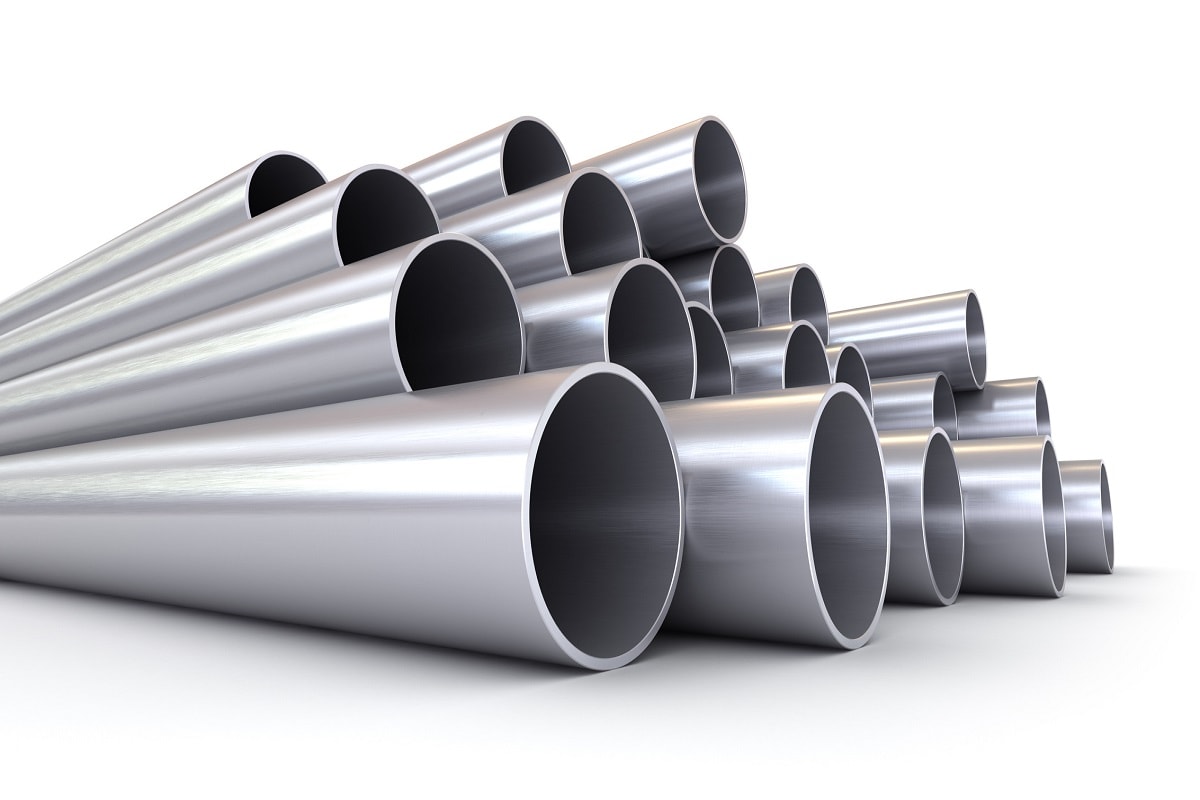
You should consider the following things while joining non-threaded galvanized pipes:
- Pipe Diameter. The type of coupling you can use depends on the pipe diameter, which is crucial.
- Galvanized Pipe's Surface. Galvanized steel pipes can have either smooth or textured surfaces. The coupler should have the same texture as the pipes.
- Pipe Squareness. Properly position the ends of the connection to connect the pipe without a gap.
- Connection Technique. The connection method you wish to use is a crucial additional factor. Depending on which works best for your situation, you can either use the welding or non-welding approaches we just described.
How Do You Know The Right Coupling To Use?

The type of coupler you require will depend heavily on the pipes you want to connect. You can use standard coupling if your pipes are the same size. And when your pipe sizes are different, the stepped coupling is the one for you.
Additionally, you should use rough surface coupling if you have rough-surfaced pipes.
Is It Safe To Weld Galvanized Pipes?

Galvanized steel can be welded only if specific criteria and guidelines are followed.
You will be significantly safer when in touch with the poisonous vapors if you adopt the appropriate personal protection procedures.
However, the respirator is one safety item that must be used. When welding galvanized steel, you must wear a mask to prevent breathing the potentially fatal vapors of zinc oxide. You ought to weld in a properly ventilated environment, even when using a mask.
What Are The Disadvantages Of Welding Galvanized Pipes?
Here are some problems you might encounter when you opt to weld your non-threaded galvanized pipes:
- Galvanized steel can be challenging to weld because zinc coatings can interfere with fusion, cause porosity, and introduce inclusions.
- When welding galvanized steel, an issue with corrosion resistance arises. Galvanizing is meant to stop corrosion; however, since the welding area requires the removal of the galvanizing zinc, corrosion will occur there.
- Galvanized steel's zinc layer is easily vaporized during welding. This will produce vapors of zinc oxide that will mix with the atmosphere. This gas may have short-term negative health consequences for you.
How To Thread Galvanized Steel Pipes
It could be essential to cut threads on the end of a new pipe or add threading to a broken pipe when the situation arises.
Here is a guide you can follow:
1. Secure The Pipe
- Place a vise securely on the pipe.
- Turn the handle of the vise counterclockwise just enough to loosen the jaws to accommodate the pipe.
- Place the pipe in the vise with the end you wish to thread protruding out, and then tighten and secure it in place by turning the handle counterclockwise.
2. Wear Proper Protective Gears
- Put on your safety eyewear and work gloves. You can use these to shield your hands and eyes from any metal slivers or unintentional cuts.
- As you lube the pipe and pipe threader during the procedure, it will also keep your hands clean.
3. Cut The Pipe To The Desired Length
- If the pipe has to be a different length, cut and ream it.
- Cut the pipe to the proper length using a hacksaw or pipe cutter.
- To remove sharp burrs and smooth the end out, insert a reamer into the pipe's cut end and rotate it around.
4. Select The Die Head Size
- To determine the sizes of the various die heads for the ratcheting pipe threader, examine the numbers on each one.
- Choose a die head that is the proper size for the pipe to which threads will be added.
5. Connect The Die Head To The Ratchet
- Pull out any die head that is now encased in the handle.
- When the chosen die head fully snaps into position, slide it into the ring at the handle's end.
6. Add Threading Oil To The Pipe
- Give the pipe's exterior end a good squirt or two of threading oil. This will lubricate it, making it simpler to attach the die head and more accessible for the die head's teeth to cut the threads.
- Squirt as much as you need to until the pipe's outside end, where you will be cutting threads, is saturated.
7. Shoot The Pipe To The Die And Ratchet The Handle
- Slide the die cutter's center hole over the pipe's end. As far as it will allow, firmly press it into position.
- To begin cutting, ratchet the handle while exerting pressure on the die head. Use one hand to push against the die head and toward the pipe.
- Your other hand should turn the pipe threader's handle clockwise as far as it will go while applying pressure to the die head to force the teeth to begin cutting into the pipe.
8. Cut And Finish The Thread
- More threading oil should be applied to each die head tooth that isn't yet cutting through the tubing. This is crucial to make cutting simpler and stop tooth wear and tear.
- Ratchet the handle up and down until the pipe has been cut through by all of the die head's teeth.
- Then ratchet the handle off the threads by turning it in the opposite direction.
How Do You Connect Non-Threaded Galvanized Pipes And PVC Pipes?
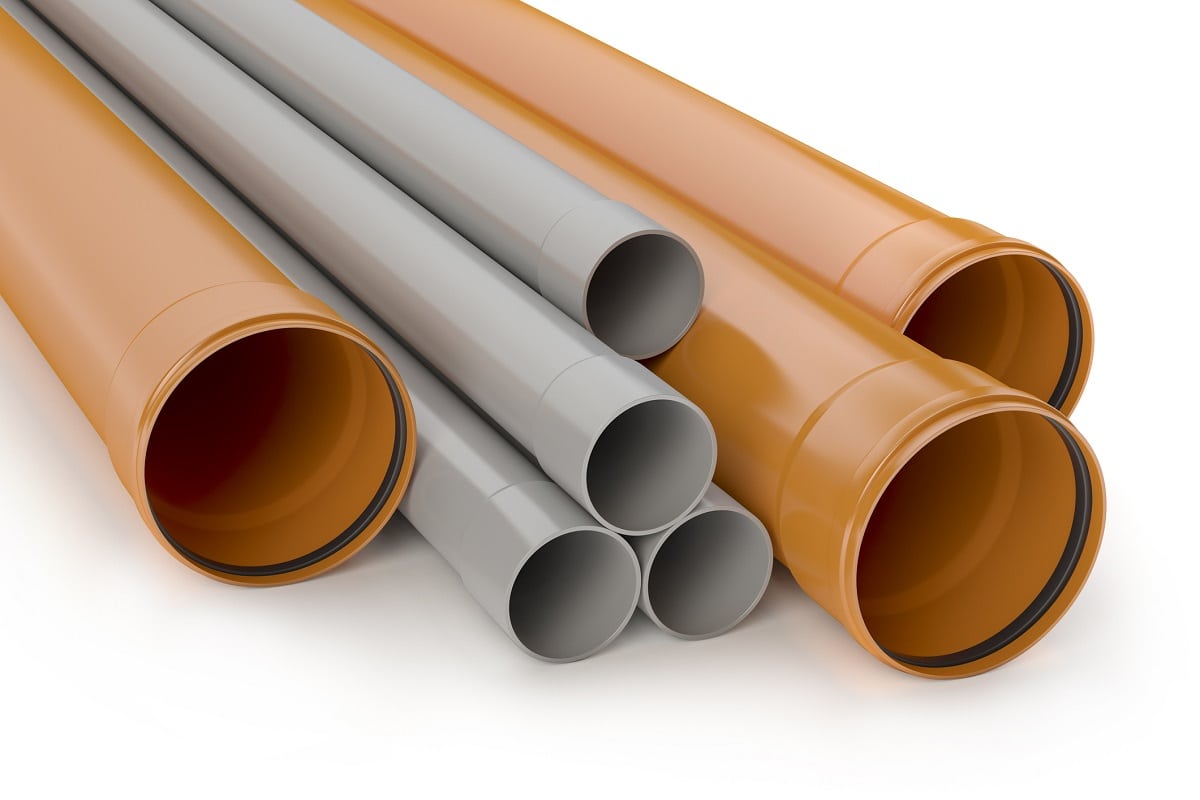
PVC pipes are primarily used in drain pipes, so there is little to no pressure inside them. So, if you want to connect them to a non-threaded galvanized pipe, you can use a flexible connector.
These connectors resemble standard pipe couplings but are rubber and include pipe clamps that you may adjust with a screwdriver or socket wrench on each end.
Click here for this product on Amazon!
To do this, you can cut the pipe as straight as possible with a hacksaw, then place a flexible connection with the correct diameter over the end and fasten it down. Close the clamp after inserting the PVC pipe into the opposite end.
What Are Ways To Connect Galvanized Pipes Without Threads To PEX Pipes?
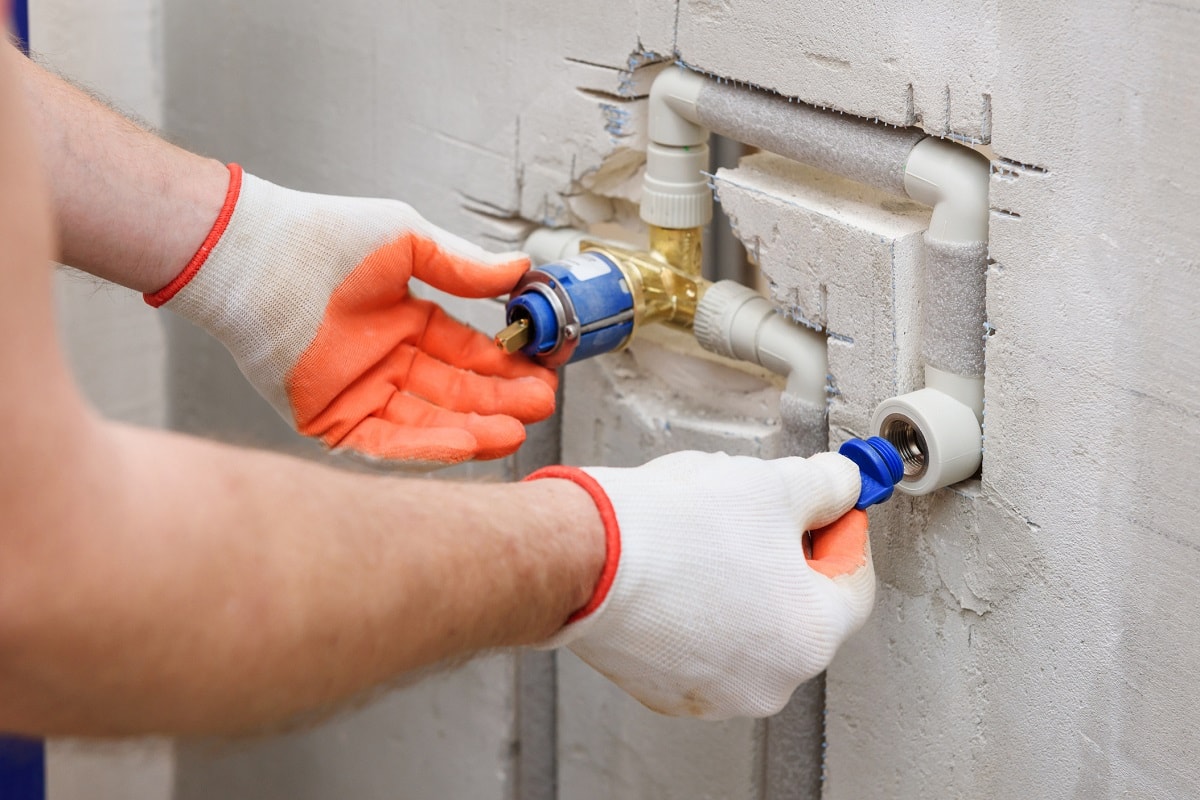
There are two options to connect a non-threaded galvanized pipe to a PEX pipe:
Option 1: Using Compression Fittings
Using a compression fitting is one method of joining PEX tubing to non-threaded galvanized pipes. A nut and a ferrule make up a compression fitting.
Put the ferrule over the end of the tubing after the nut is threaded into the pipe. The fitting is next filled with tubing, and the nut is tightened to compress the ferrule against the tubing and create a seal.
Click here for this product on Amazon!
Option 2: Using NPT To PEX Adaptor
As another alternative, you can screw the galvanized pipe into a PEX adaptor using an NPT (national pipe thread) adapter.
Click here for this product on Amazon!
Can You Connect Non-Threaded Galvanized Pipes And Copper Pipes?
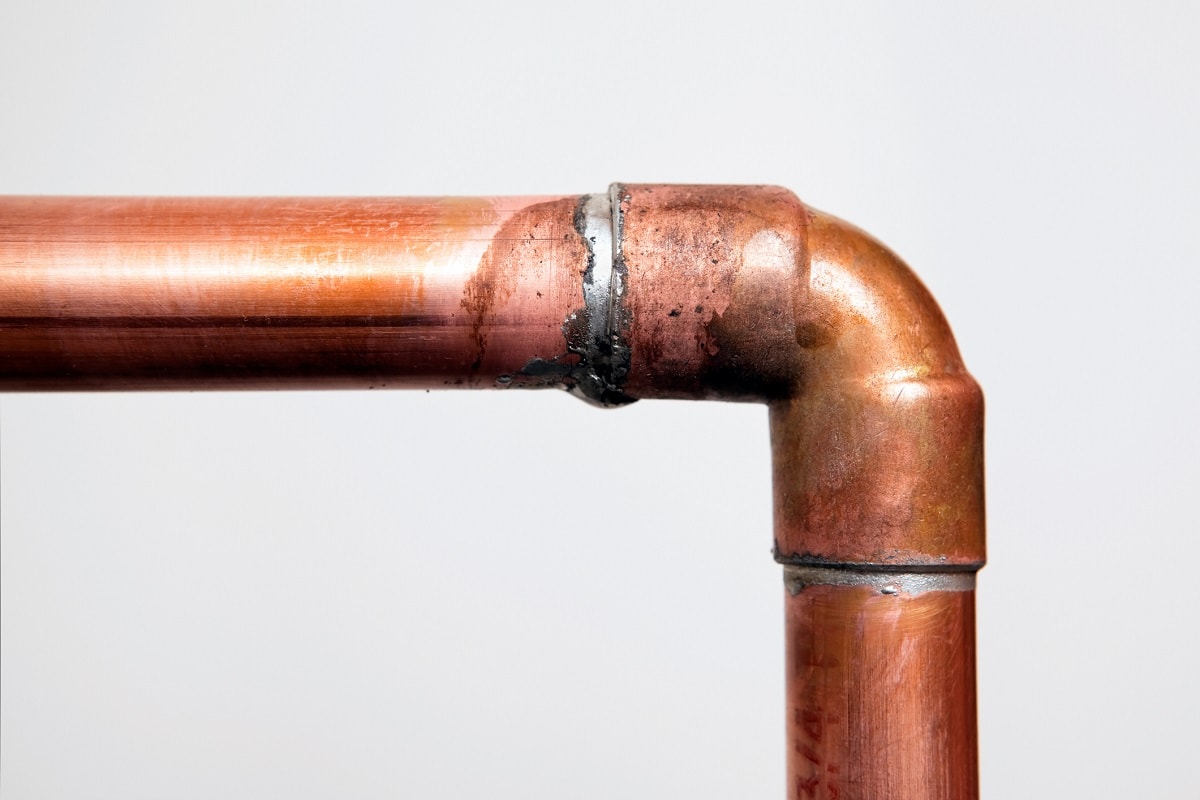
Yes, you can. Soldering allows you to join a copper pipe to a galvanized pipe. Use sandpaper to smooth out an excellent joint after you've made one.
Final Thoughts
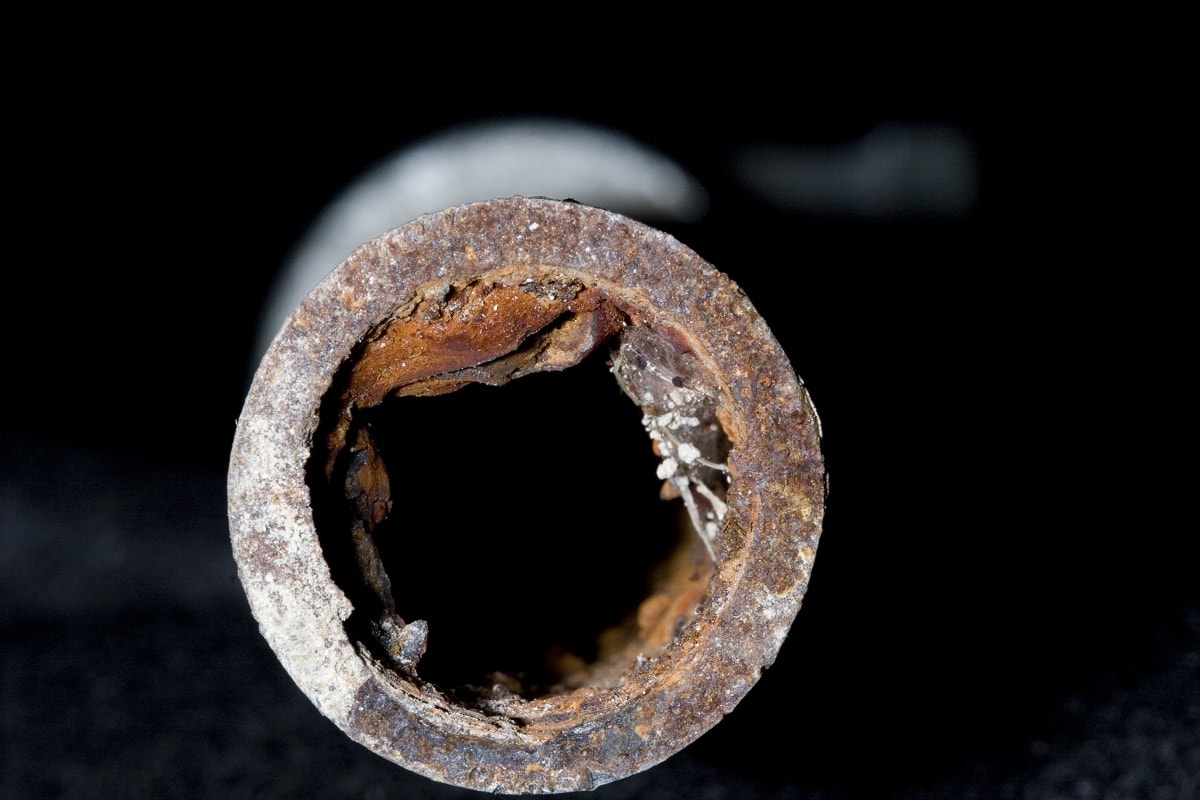
There are several ways to connect non-threaded galvanized pipes. You can use welding or non-welding techniques. Threading is also an option! You can also connect them to PVC, PEX, and copper pipes.
If you enjoyed this post, you can check out our other articles here:
Can You Mix Galvanized And Black Pipe For Gas Line?
Can You Plaster Over Pipes? [Inc. Plastic, Copper, Radiator, Gas, And More]



